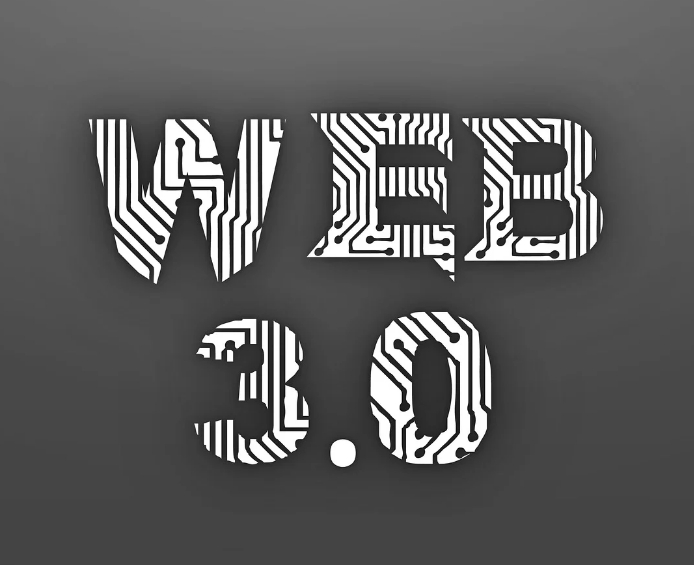What is Web 3.0
Web 3.0 is the third generation of internet services for websites and applications that will focus on providing a data-driven and Semantic Web employing a machine-based understanding of data. The ultimate goal of Web 3.0 is to create more intelligent, connected, and open websites.
Because Web 3.0 has yet to be implemented, there is no definitive definition. It took more than ten years to move from Web 1.0 to Web 2.0, and Web 3.0 is predicted to take just as long, if not longer, to completely deploy and transform the web. Some, on the other hand, believe that the technologies that will eventually make up and characterize Web 3.0 are already being developed.
Web 3.0 is already influencing technology, as seen by the Internet of Things (IoT) and smart household gadgets that use wireless networks.
If the trend of change can be traced from Web 1.0, a static information provider where people read websites but rarely interacted with them, to Web 2.0, an interactive and social web that allows users to collaborate, Web 3.0 is expected to change both how websites are built and how people interact with them.

Web 3.0 VS Web 2.0
Websites and applications that leverage user-generated content for end users are referred to as Web 2.0. Web 2.0, which emphasises user involvement and cooperation, is used by many websites today. Web 2.0 also aimed to improve network connectivity and communication channels across the board. Web 3.0 differs from Web 2.0 in that it focuses more on the use of technologies such as machine learning and AI to give appropriate material for each user rather than just the content that other end users have provided. Web 2.0 allows users to contribute and collaborate on site content, however Web 3.0 will most likely delegate these tasks to semantic web and AI technology.
Why Web 3.0 is referred to as the “next generation” of the internet?
In 2022, new terms like as cryptocurrency, non-fungible tokens (NFTs), metaverse, and Web 3.0 entered the mainstream lexicon. Let’s take a look at Web 3.0 and how it might impact the future of the internet.
The latest generation of the internet, known as Web 2.0, is characterized by social media platforms, which allow for a greater proliferation of user-generated content. This is a long cry from Web 1.0, which was completely static and non-interactive, with a top-down approach to information distribution.
Currently, five major tech corporations, mainly Twitter, Facebook (now Meta), Google, Apple, Microsoft, and Amazon, have control over how our data is used and preserved. Their algorithms determine what content we consume, which has raised concerns.
Web 3.0 is already being hailed as a movement that will steal control of the internet from the five major tech giants, thanks to its crypto, blockchain, and metaverse use cases. Instead of our data being held by centralized organizations today, Web 3.0 envisions it being held by blockchain networks and hence owned by users.
It may be as simple as a business meeting between two users in India and the United States in a virtual reality metaverse like Decentraland, which is based on the Ethereum blockchain. They might then confirm their intended business deal using their crypto wallets linked to their metaverse accounts. That’s all there is to it. Facebook has rebranded to Meta because it recognizes that this is the internet’s future.
Jack Dorsey, co-founder and former CEO of Twitter, has slammed Web 3.0’s much-hyped “decentralized” feature.
He recently sent out a tweet. “‘Web 3.0’ is not your property.” The VCs and their LPs are the ones who do it. Their motivations will never let them down. At the end of the day, it’s a centralised entity with a different label. “Before you get in, be sure you know what you’re getting yourself into…”
Balaji Srinivasan, an angel investor and former CTO of Coinbase, responded, claiming that Twitter’s business and political incentives lead to deplatforming and censorship, and that Web 3.0 could be a superior alternative.
Web 3.0, Jack responded, has the same corporate objectives but masks them behind “decentralization.”












